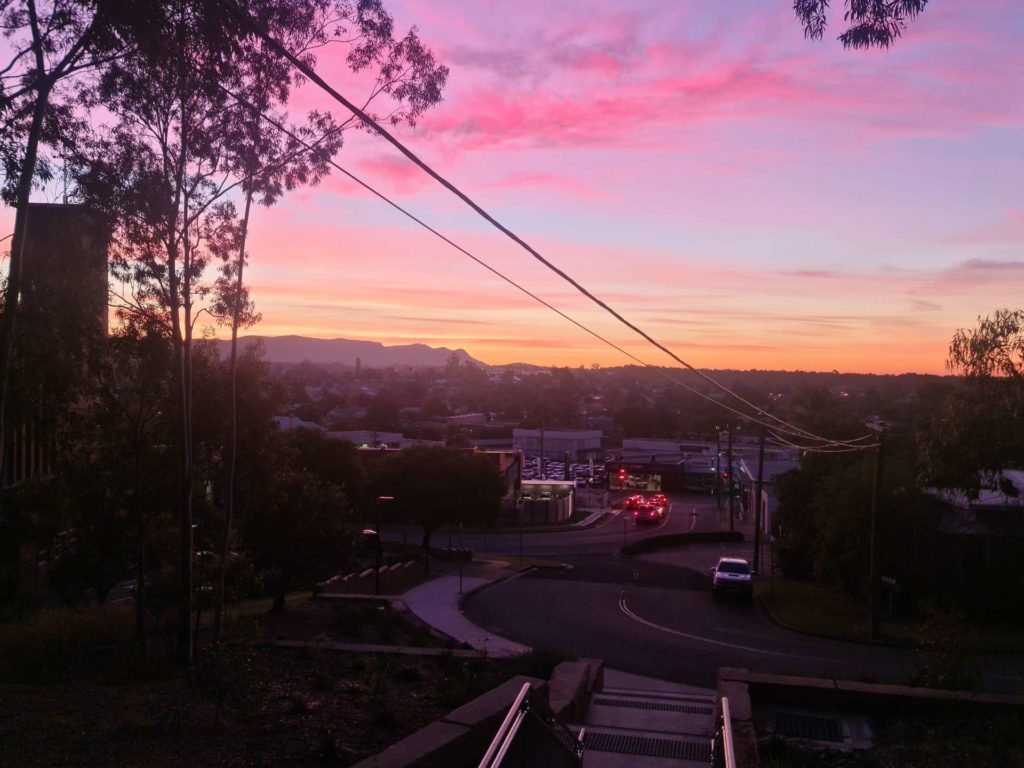Once again, I raise the issue of tracing underground infrastructure. It is a simple problem with a number of simple solutions that would save the State and its councils millions. Yet after three years and letters to six Ministers, State and Federal, I cannot extract even a morsel of interest from either level of government. I speak in Parliament today in a final attempt to stir somebody into paying some attention. We hear so much from the flapping gums about efficiency and productivity. This is an opportunity for us all. I shall explain again. At present, infrastructure services such as electricity, water, gas and telecommunications are installed underground. Of course, in the case of electricity and water, the wires, connections and infrastructure are easily detected with a simple sweeping of the area. However, gas, which is largely in hard plastic piping, and telecommunications, in the absence of proper cabling, cannot be found quite so easily. This means that the registration of the proposed plans with Dial Before You Dig is important but, sadly, also quite useless.
It gives no real indication of what has been buried where. That is the problem. Without a trace wire people do not know where to look. Using gas as an example, a gas main line that goes down one side of a street must be registered with Dial Before You Dig. But at the point where it crosses the road into other properties there is no need to register it. If a council or a State government body wants to dig up the road, build a footpath or make some other infrastructure change, lo and behold, when workmen dig beneath the road they will bust through the gas line or possibly a telecommunications cable.
When that happens emergency services, Fire and Rescue NSW are sent out and there is all manner of delay and increased expense in trying to find the source of the problem and rectify it. The problem was created when the gas line could not be found because there was no trace wire. How much would trace wire cost, members may ask? It has been put to me that, worst-case scenario, trace wire would cost about 5¢ per metre. If we extrapolate that, we are talking about 20 metres for $1 and 20 kilometres for $1,000. Considering that between $20,000 and $30,000 is the minimum cost incurred when a gas pipe is busted, we can assume that that same $20,000 or $30,000 might be better spent on trace wires for the gas line. About $43 billion is being spent on the National Broadband Network [NBN], but that $43 billion worth of infrastructure will be completely undetectable. How much extra would it cost to install trace wire? Retrofitting is incredibly difficult. The question is: Do we ignore the need to take action to prevent future problems or do we start addressing the issue today?
Because we cannot detect infrastructure by sweeping for a metal substance underneath the ground, two different techniques are used. One method is to use water spray jets to try to detect the line so as not to damage it when digging—if there is some idea where it is. The problem is that the soil becomes wet and when the land mass on top is re-established on the infrastructure that has just been repaired, changed or amended wet soil will not be used. So the wet soil needs to be put in a truck and taken off site. Once soil is taken off site it becomes a contaminated product and needs to be assessed and disposed of. In New South Wales there is a charge for that. So we have all sorts of operators from all over New South Wales taking their contaminated product into Queensland, where there is no charge for dumping wet soil, for example. An entire industry has developed around the wet vacuum process. Albeit it is good to have a new industry, but at what cost when we are doing basic works? It costs local government and the State and Federal governments tens of millions of dollars a year, and the problem is easy to fix.
